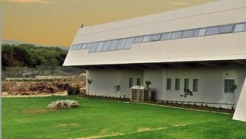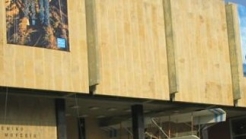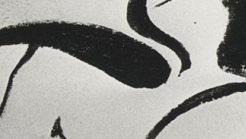

Greece
Gortys is one of the most important cities in Crete, with a continuous history of 6000 years, and one of the largest archaeological sites in Greece. It is situated in the south central part of Crete, in the fertile vallry of Messara, which was first inhabited during the end of the Neolithic period
Gortys is one of the most important cities in Crete, with a continuous history of 6000 years, and one of the largest archaeological sites in Greece. It is situated in the south central part of Crete, in the fertile vallry of Messara, which was first inhabited during the end of the Neolithic period (5th millennium BC)
The name Gortyna, according to tradition, came from Gortynas, son of Radamathis, king of Phaestos and brother of Minoas who founded it.
Gortyna was one of the first areas in Crete to attract explorers’ and archaeologists’ interest as long ago as the Turkish era, in the end of the 19th century, at a time when no one knew anything about the Minoan civilization, as its existence was unknown or considered a legend.
In 1884, the finding and restoration of the Great Sign by Iosif Chatzidakis, Stefanos Ksanthoudidis and the Italian prompted the archaeological research of the area of Gortyna. The digs in the wider area of Gortyna brought to light impressive architectural compounds, as well as findings, whereas until today a large part of the Roman city has not been dug up. The most important findings are exhibited in the Heraklio Archaeological museum, while the creation of the Messara Museum to house them, is expected to be built in the near future.


The Museum of ancient Eleutherna - Homer in Crete is the first archaeological site museum in Crete. The museum created to house the results of the excavations carried out for thirty years in the ancient city of Eleutherna. The originality of this museum is that the objects of the permanent exhibitio


The Athens War Museum (Greek: Πολεμικό Μουσείο), established on July 18, 1975, is the museum of the Greek Armed Forces


The Museum Nikos Kazantzakis in Myrtia Heraklion opened on June 27, 1983 by the culture minister Melina Mercouri.
1039 Ε 6061 01515 00